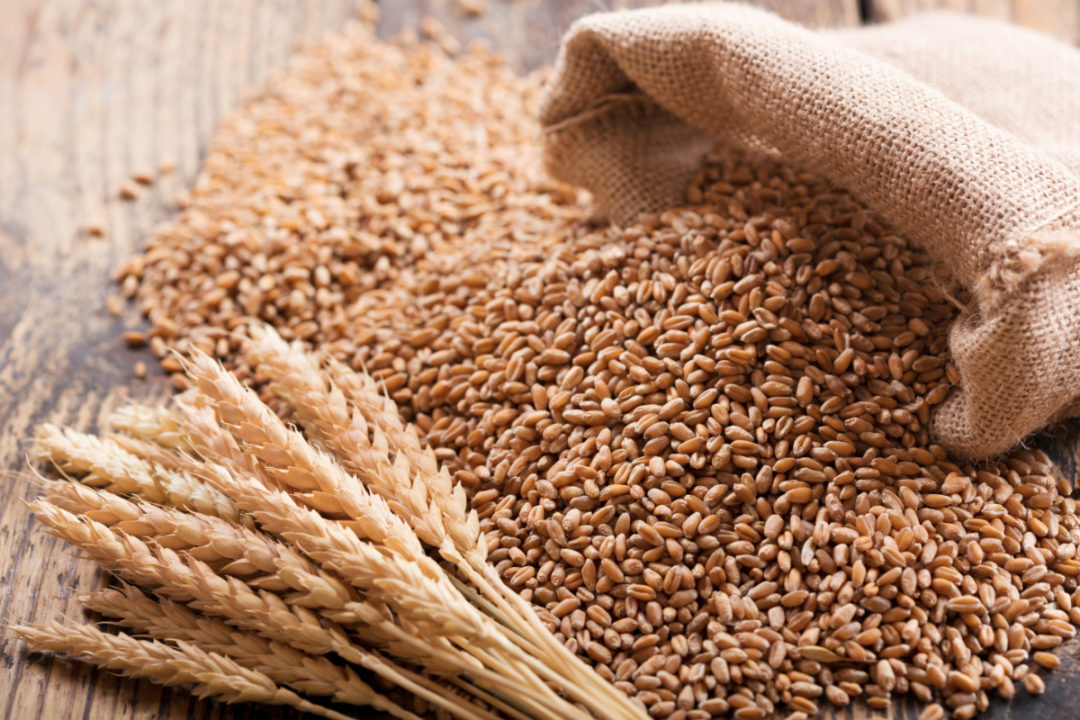
It was just a phrase that I latched onto sometime in the spring of 2021, something I had read in Bible stories. I loved the picture of the workers in the fields in the story of Ruth, leaving grain behind on purpose for her to gather so she could provide for her family. At the time I was living in a downstairs apartment on a main road, raising chicks in a Rubbermaid tub in my doorway and planting beets in a shallow raised bed, dreaming of having a real farm someday. I wanted to retain that idea of keeping an open hand, giving away the overflow of my labor.
A threshing floor, in biblical times and throughout history, is an open space, usually outdoors, where grains would be spread out and then stomped on to crack the kernels and separate the actual grain inside from the chaff, or the part that wouldn’t be used. The farmer would use a winnowing fork to toss the mix, and the chaff would blow away in the wind, leaving only the good grain.
Turns out, there are many metaphors in the Bible using this as imagery. The separation of the grain from the chaff is symbolic of God’s judgment. Those who have heard the Gospel and received it are the grain, while those who have rejected it and do not follow Him are the chaff and will be cast away in the wind (Psalm 1). There are also a lot of references to the enemies of God and His people being called chaff in the prophet Isaiah (Isaiah17:13, Isaiah 29:5, Isaiah 40:23, Isaiah 41:2).
As God is our just judge, Christ is our Redeemer. This is the other part of the story of Ruth that I love so much for how it gives an Old Testament preview of Christ’s redemptive work.
So she [Ruth] went down to the threshing floor and did everything her mother-in-law [Naomi] told her to do. When Boaz had finished eating and drinking and was in good spirits, he went over to lie down at the far end of the grain pile. Ruth approached quietly, uncovered his feet and lay down. – Ruth 3:6-7
One of the most popular threshing floor stories comes in the short four-chapter book of Ruth. A Moabitess named Ruth comes back to Bethlehem from the country of Moab (which were enemies with Israel) during the times of judges. She returns with her bitter mother-in-law Naomi. They are both widows, and God uses a threshing floor to provide redemption for them.
Ruth has been working the fields of a man named Boaz. She comes home to tell her mother-in-law about this man. Suddenly. Naomi remembers an old law (Leviticus 27:9-25) in which a relative can “redeem” someone’s property after he dies. Naomi’s husband is related to Boaz and therefore Boaz can redeem the fields of Naomi’s husband—and with the fields would come Naomi and Ruth.
Ruth agrees to meet and ask Boaz on the threshing floor that night. In this brief but poignant exchange, Boaz agrees (Ruth 3:9-10) to become what is called a “Kinsman Redeemer.” It is a perfect picture of Christ and His work for us.
(Crosswalk.com, Three Ways Christ is Seen in the Threshing Floor)
Lastly, I bake a lot of bread, and bread is made from grain, so it just seemed to fit perfectly!
So that is the story. I do not have a farm yet, but I do have a calling as a Christian, and I hope that this simple name can spark conversations about who my God is.
